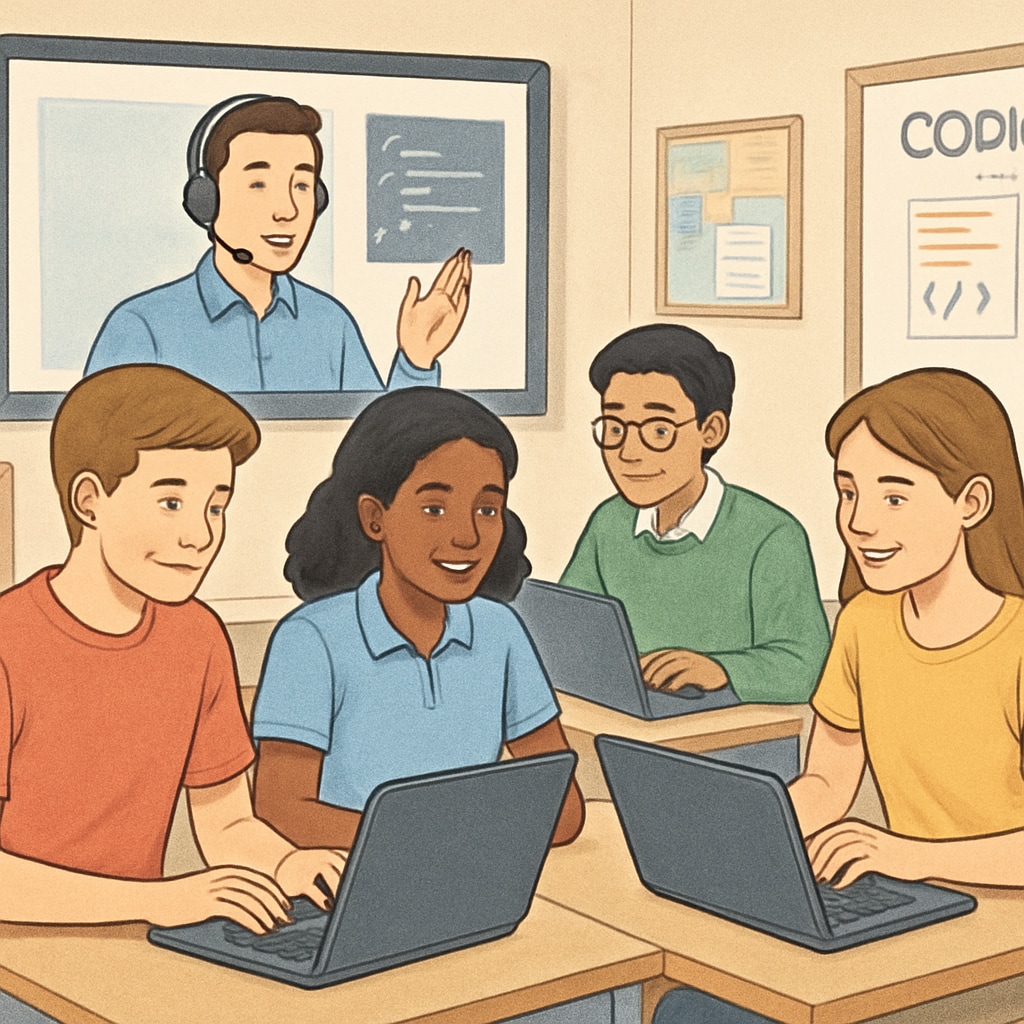In today’s competitive academic environment, high school students must go beyond traditional classroom settings to excel. Exploring extracurricular learning resources is vital for gaining a broader perspective and enhancing skills. These educational courses, off-campus learning options, and resources can empower students to achieve their goals. Whether you’re preparing for college admissions or seeking personal development, this guide provides actionable tips to find both free and paid opportunities for learning.

Why Explore Extracurricular Learning Opportunities?
Standard classroom education may not always address every student’s specific interests or career aspirations. Extracurricular learning resources allow students to:
- Deepen their understanding of subjects not covered extensively in school.
- Develop practical skills such as coding, public speaking, or creative writing.
- Gain a competitive edge in college applications by demonstrating initiative and commitment.
- Discover new passions and career pathways.
For example, platforms like Coursera and Khan Academy offer free courses on diverse topics, from physics to art history, making learning accessible for everyone.
Strategies to Find Free Educational Resources
For students looking to expand their knowledge without financial strain, free educational resources are a great starting point. Here are some practical ways to access them:
- Online Platforms: Websites like Khan Academy, Codecademy, and edX provide free courses on various subjects. These platforms often include beginner-friendly content and allow learners to progress at their own pace.
- Local Libraries: Many libraries offer free access to educational books, workshops, and even digital learning platforms.
- Community Programs: Search for free educational initiatives in your area. Nonprofits and community centers often host workshops and classes for high school students.
- Open Educational Resources (OER): Websites like OER Commons provide free textbooks, lesson plans, and study materials across a wide range of disciplines.
By taking advantage of these opportunities, students can gain valuable knowledge without spending a dime.

Investing in Paid Learning Opportunities
For students ready to invest in their education, paid opportunities often provide more structured and in-depth experiences. These include:
- Specialized Online Courses: Websites like Udemy or Skillshare offer paid courses on advanced topics, such as data science, entrepreneurship, or graphic design.
- Summer Programs: Universities and private institutions frequently host summer camps or programs catering to high school students. These events provide hands-on learning and networking opportunities.
- Private Tutoring: Hiring a subject-specific tutor can help students address weaknesses and excel in challenging areas.
- Test Prep Services: For those preparing for standardized tests like the SAT or ACT, investing in a test prep course can make a significant difference in scores.
Before enrolling in any paid program, research thoroughly by reading reviews, comparing prices, and ensuring the program aligns with your goals.
Balancing Extracurricular Learning with Schoolwork
While exploring extracurricular learning resources, it’s crucial to maintain a balance with school responsibilities. Here are some tips:
- Set Clear Goals: Define what you want to achieve with each learning opportunity to stay focused.
- Create a Schedule: Allocate specific times for extracurricular learning to prevent it from interfering with schoolwork.
- Start Small: Begin with one or two courses or programs to avoid feeling overwhelmed.
- Seek Support: Discuss your plans with teachers or parents, who can provide guidance and encouragement.
By managing time effectively, students can maximize their learning potential without compromising their academic performance.
Extracurricular learning resources are a gateway to personal and academic growth. Whether you’re exploring free platforms or investing in specialized programs, the key is to take initiative and make the most of these opportunities. By doing so, high school students can expand their knowledge, enhance their skill set, and prepare for a successful future.
Readability guidance: Use short paragraphs and listed points to ensure clarity. Include transitional phrases like “for example,” “in addition,” and “as a result” to enhance flow. Balance active and passive voice for a professional tone.


